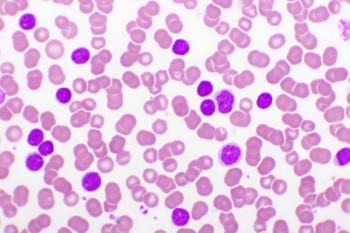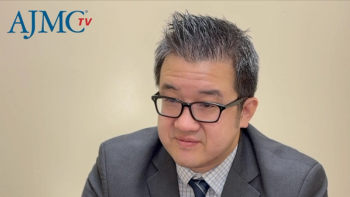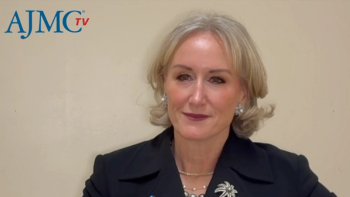
PML is Treatable in MS, but Long-Term Function Can Remain Affected
Although the survival rate of natalizumab-associated progressive multifocal leukoencephalopathy (PML) is better than PML in HIV patients, long-term they may need some assistance and care, Ralf Gold, Ruhr University Bochum in Germany, said at the 2014 Joint ACTRIMS-ECTRIMS Meeting in Boston, Massachusetts.
Although the survival rate of natalizumab-associated progressive multifocal leukoencephalopathy (PML) is better than PML in HIV patients, long-term they may need some assistance and care, according to Ralf Gold, professor in the Department of Neurology at St. Josef-Hospital at Ruhr University Bochum in Germany.
Speaking at the 2014 Joint ACTRIMS-ECTRIMS Meeting in Boston, Massachusetts, from September 10-13, Gold looked at the most common culprits of PML in MS patients — natalizumab, fingolimod, and fumarate — as well as long-term follow-up for these patients.
PML has now affected more than 450 MS patients receiving long-term natalizumab; unfortunately, since PML is not a reportable disease, there are no exact numbers. In addition to natalizumab, there are carry over effects when patients switch to fingolimod or fumarates, particularly when the initial signs of PML were overlooked, Gold explained.
While there is no clear evidence of PML primarily associated with fingolimod, this may change down the line, he said. For instance, in Germany, they have encountered cases where an old mixture of fumarates, known as fumaderm, is associated with rare PML cases.
While the gross survival rate in natalizumab-associated PML is approximately 80%, long-term function can be affected depending on the site of infection. Using the Karnofsky Performance Status scale, Gold showed that when the patient is fully active before PML, they have a score of 80 to 100; during PML onset the score drops to 60, at which point a patient may need some assistance; and during the onset of immune reconstitution inflammatory syndrome the score drops further to 35, which would require constant assistant, possibly in a nursing home.
However, the score then climbs back to 50-60. This might constitute some assistance and care, and many survivors with such a score do not go back to work.
“You can treat PML, but the outcome, sometimes, is fate,” Gold said.
Newsletter
Stay ahead of policy, cost, and value—subscribe to AJMC for expert insights at the intersection of clinical care and health economics.









































